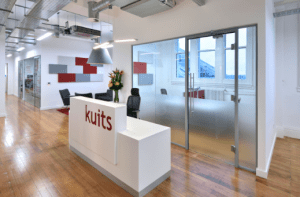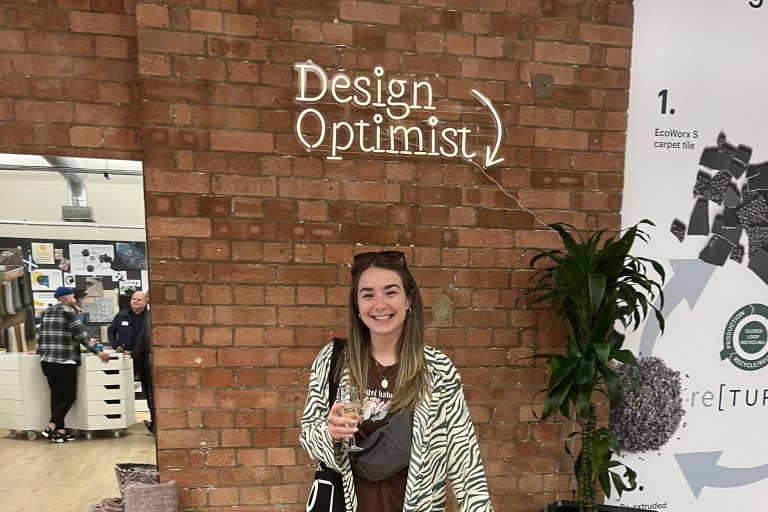How offices reflect corporate culture
Will Lewis | 01 August 2016
Do different offices suit different companies? Or more to the point, can offices be designed for companies in specific sectors? To some extent, most offices carry out broadly similar tasks, after all. Workstations, meeting areas, kitchen, reception. Is there much more to it than that?
There is – there certainly should be, anyway. One of the projects OBI is involved in at Manchester’s Spinningfields is the XYZ Building, a place where the developer, Allied London, ripped up the rulebook in terms of what it was offering – the idea was to give the companies signing up for space as much of a free hand as possible in creating its home. That the building let in full, to Shoosmiths, Global Radio and NCC Group, over a year ahead of its completion, shows how popular this has proven.

How the story’s moved on though, is with the remaining first floor, held back by Allied. Part of this floor is to be launched as The Vault, a space for businesses in the “fintech” sector – technology in finance, basically. It’s a fast-moving sector, seen by some as a threat to back office functions – for instance, companies developing apps that increase the use of mobile banking and reduce the need for heavily-staffed call centres.
The point here is that your office can be more than just a building you work in, but can represent a culture. Companies who fit the bill can take part in a series of industry-specific events, will benefit from collaboration space and be able to tap into the masses of professional services expertise that exists within the Spinningfields area. In terms of how the design differs, there are small points, such as the need more security, but the culture is the main thing.
>
On the surface, The Vault and similar spaces such as the Barclays Rise centres don’t look very different from other modern commercial spaces offering flexible space for co-working and collaboration. And in truth, most traditional, what you might call “professional” space, doesn’t look all that different these days either.
The differences between offices are more subtle these days. At one time, space was either relatively cheap and cheerful, or represented the old way of doing things, where the school of thought (certainly among those signing the cheques) was that if a firm was to look professional, its reception and common areas needed heavy varnished furniture, thick carpets, leather chairs and sofas, an austere-looking reception desk, and possibly a few portraits on the walls.
The lines are definitely more blurred now, since the bosses left the cellular offices to join the troops in open-plan offices – opening up the lines of communication and creating more of a collegiate atmosphere were the buzzwords as firms looked to use their office as a weapon in the war for talent. Nobody wants to appear old-fashioned.
The “obvious” corporate look has diminished in recent years, but the quality of the best offices still shines through – quality of furniture and fittings, the staffing and services. You can be professional without being stuffy. The best offices are both professional-looking, and are inspiring, positive places to be.


